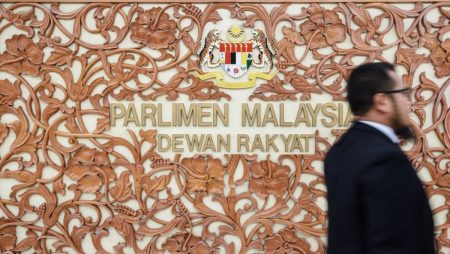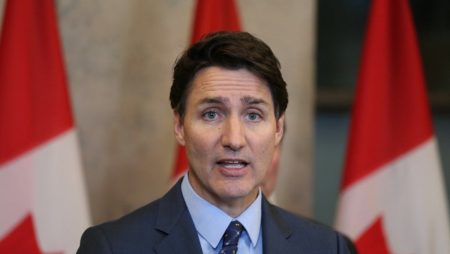Vietnam’s parliament elected To Lam, the police minister, as the state president. This move is seen as a stepping stone for Lam to potentially bid for the position of chief of the ruling Communist Party in the future. Lam’s election follows the appointment of Tran Thanh Man as the new chairman of Vietnam’s National Assembly, potentially bringing an end to two months of political turbulence that saw the exit of three of Vietnam’s top leaders. Lawmakers voted unanimously to approve Lam’s election, making him the only candidate for the job after being nominated by the Communist Party.
As the head of the public security ministry, Lam has been instrumental in an anti-graft campaign known as the “blazing furnace,” aimed at rooting out corruption in Vietnam. However, this campaign has been criticized for potentially being used to sideline political opponents. Foreign investors have reduced their holdings in Vietnam in response to the political instability, causing concerns about the country’s appeal for investors. Lam has pledged to continue the fight against corruption in his new role as state president, although this position is largely ceremonial in nature.
Despite Lam’s election, the country’s top job is still up for grabs as the ageing party chief Nguyen Phu Trong’s third five-year term is set to end in 2026. There is speculation that Lam could use his new position as state president as a stepping stone to eventually become the party chief. This could potentially bring more ambition for Lam than retirement, as noted by experts at the Australian Defence Force Academy and the Konrad Adenauer Foundation. The political battle for the party chief position is expected to continue until it is filled, leading to potential infighting within the ruling Communist Party.
The parliament’s decision to dismiss Lam from his post as police minister was not originally scheduled. Prime Minister Pham Minh Chinh has appointed Deputy Minister of Public Security Tran Quoc To to temporarily head the ministry following Lam’s election as state president. This unexpected move indicates a shift in leadership within Vietnam’s government and potentially sets the stage for further changes in the country’s political landscape. Despite the temporary nature of To’s appointment, it signifies a restructuring of leadership roles within the government in response to Lam’s election.
The political infighting within Vietnam’s ruling Communist Party is expected to temporarily abate following Lam’s election as state president. However, the battle for the party chief position remains a major focus as Trong’s term nears its end. The appointment of Lam as state president could potentially pave the way for him to bid for the party chief job in the future. With ongoing political turbulence and speculation about future leadership changes, Vietnam’s political landscape is likely to continue to evolve in the coming years.













